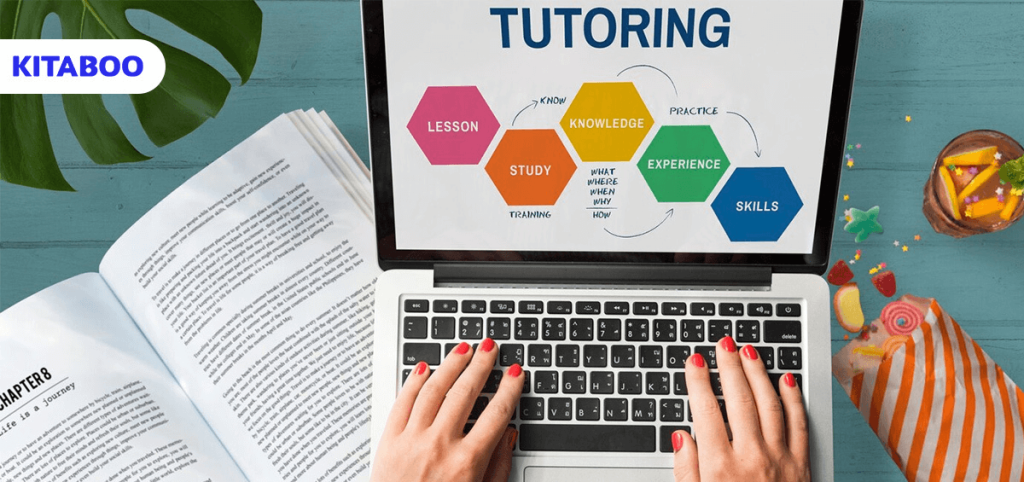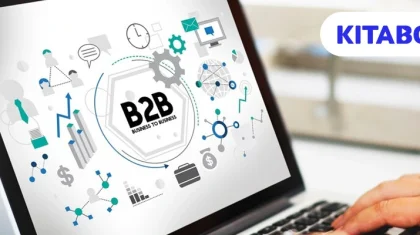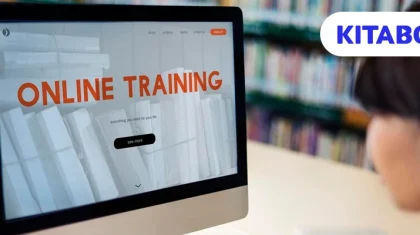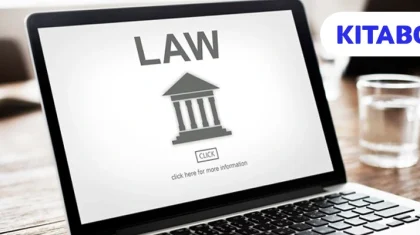
5 Key Elements of Highly Effective Instructional Content
Instructional content is a vital component of any educational endeavor. Educators focus on the learning objectives of a course to determine the skills that students will acquire. Assessments enable them to measure the progress of learners. But it’s their instructional content that shapes the learning journey of the students.
When used appropriately, such content can engage learners and maximize learning outcomes. Today, educators have access to an increasing amount of content to address the needs of learners.
However, not all content is created equal. This is where they can leverage the power of highly effective instructional content to deliver the desired results.
In this blog, we explore the 5 key elements of effective instructional content that can ensure enhanced learning experiences.
Table of Contents
I. What is Instructional Content?
II. Significance of Instructional Content
III. Key Elements of Highly Effective Instructional Content
- Learning Goals and Objectives
- Learner Engagement
- Bite-Sized Content
- Learning Assessments
- Feedback System
IV. Conclusion
What is Instructional Content?
Instructional content refers to content or learning materials that communicate information to the students. Such content is aligned with the learning objectives, activities, and assessments of the students.
Effective instructional content widens the context of information conveyed to the students. It considers the learning environment, the learning styles, and the abilities of the students. Essentially, the content is optimized to disseminate information and enhance learning outcomes.
The content can be delivered in various forms, including lectures, activities, physical textbooks, eBooks, PowerPoint presentations, and more. Students can access the learning materials through multiple mediums, such as websites, apps, and learning platforms.
Digital textbook platforms like KITABOO serve as a cloud-based medium to deliver instructional content. Education providers and students can leverage this new-age platform to disseminate information as eBooks, tutorials, videos, gamified content, and more.
Significance of Instructional Content
Instructional content provides the core information that will define the learning experience of a student. This content has the power to impact the way a student receives and absorbs the information extended. It plays an essential role in both teaching and learning.
- For educators and teachers, the content is a means to convey information synced to the learning objectives of students. By using impactful content, teachers can remain confident about delivering relevant and accurate knowledge engagingly.
- For students, the content offers a structure to learn their lessons. They can leverage the content to explore the concepts being taught and practice them. Most importantly, the content enables students to stay on track and not get overwhelmed by the whole learning process.
Key Elements of Highly Effective Instructional Content
Here are the 5 core elements of effective instructional content that can ensure engaging learning experiences, leading to improved outcomes.
Learning Goals and Objectives
Concurrence to learning goals and objectives is where it all starts. At the core of any learning course are its goals and objectives. They help outline the activities and assessments needed to keep the learners on track.
When instructional content aligns with the learning goals and objectives, they ensure that the expectations of learners are met. The content enables learners to develop the skills needed to maximize their learning experience.
Digital innovation has made it easier for educators to align their content with the goals and objectives of courseware. Educators can use digital textbook creation platforms like KITABOO to create customized content that caters to the needs of learners.
They can even track the usage pattern of their content through the platform to evaluate its effectiveness.
Learner Engagement
Another essential aspect of effective instructional content is that it engages learners and motivates them to achieve their learning goals. Academic research indicates that student engagement is strongly linked to academic achievement.
When learners are deeply absorbed in the instructional content, they become invested in the learning process. Educators these days have access to several tools and technologies that can turn their learning content into engaging resources.
The integration of multimedia elements is one such impactful solution.
Digital textbook platforms like KITABOO enable the creation of learning content embedded with various multimedia elements. Educators can enrich their content with interactive quizzes, puzzles, videos, simulations, gamification, and more.
Such multimedia elements can provide the impetus for students to explore the topics further.
Bite-Sized Content
The success of instructional content depends on how well a student retains the information. Bite-sized content helps to convey information quickly, improves knowledge retention, and prevents cognitive overload.
When information is broken down into small digestible units or modules, it becomes easy for learners to retain them. Educators can achieve this objective by presenting content as short snippets, bullet lists, infographics, thought clouds, visual summaries, etc.
By using the interactive content creation features of platforms like KITABOO, they can turn their content into bite-sized chunks. This will lead to reinforcement of knowledge retention rather than simply consumption of information.
Learning Assessments
Learning assessments form yet another crucial element of effective instructional content. Assessments enable educators to evaluate the performance of each learner and identify areas for improvement.
Based on that, educators can create content that addresses the needs of the learners. The frequency and the placement of the assessments in a course are also crucial.
If a course has just one assessment placed at the end, the educator won’t be able to gauge learner progress effectively. Assessments embedded at strategic points in content enable an educator to evaluate learner progress during the course.
Towards this end, educators can incorporate formative assessment tools at frequent intervals.
For instance, interactive polls and quizzes included in the content can help educators identify learner progress. With platforms like KITABOO, educators can easily create specialized assessments and integrate them into their content.
Feedback System
When it comes to instructional content, a feedback system plays a vital role in enhancing its effectiveness.
As learners progress through a course, they should know about their weak points and how to fix them. Constructive feedback enables them to recognize what they are doing wrong and make rectifications accordingly. This prevents the mistakes from turning into bad habits that can ultimately impact their learning outcomes.
Educators can incorporate a feedback system into their content to ensure that their learners stay on the right track. They can use a digital textbook creation platform like KITABOO to provide real-time personalized feedback based on the performance of learners.
Wrapping Up
Instructional content serves as the basis for delivering information to learners. Educators can leverage the core elements of highly effective instructional content to help learners gain essential skills and knowledge. They can create opportunities for learners to participate in the learning process and retain information actively.
In this regard, educators can leverage cloud-based digital textbook platforms like KITABOO to turn their instructional materials into impactful content. They can use the platform to not just create and publish but also deliver content worldwide as well.
Connect with us to know more!
To know more, write to us at contact@kitaboo.com.
Suggested Reads:
Discover how a mobile-first training platform can help your organization.
Kitaboo is a cloud-based platform to create, deliver & track mobile-first interactive training content.



